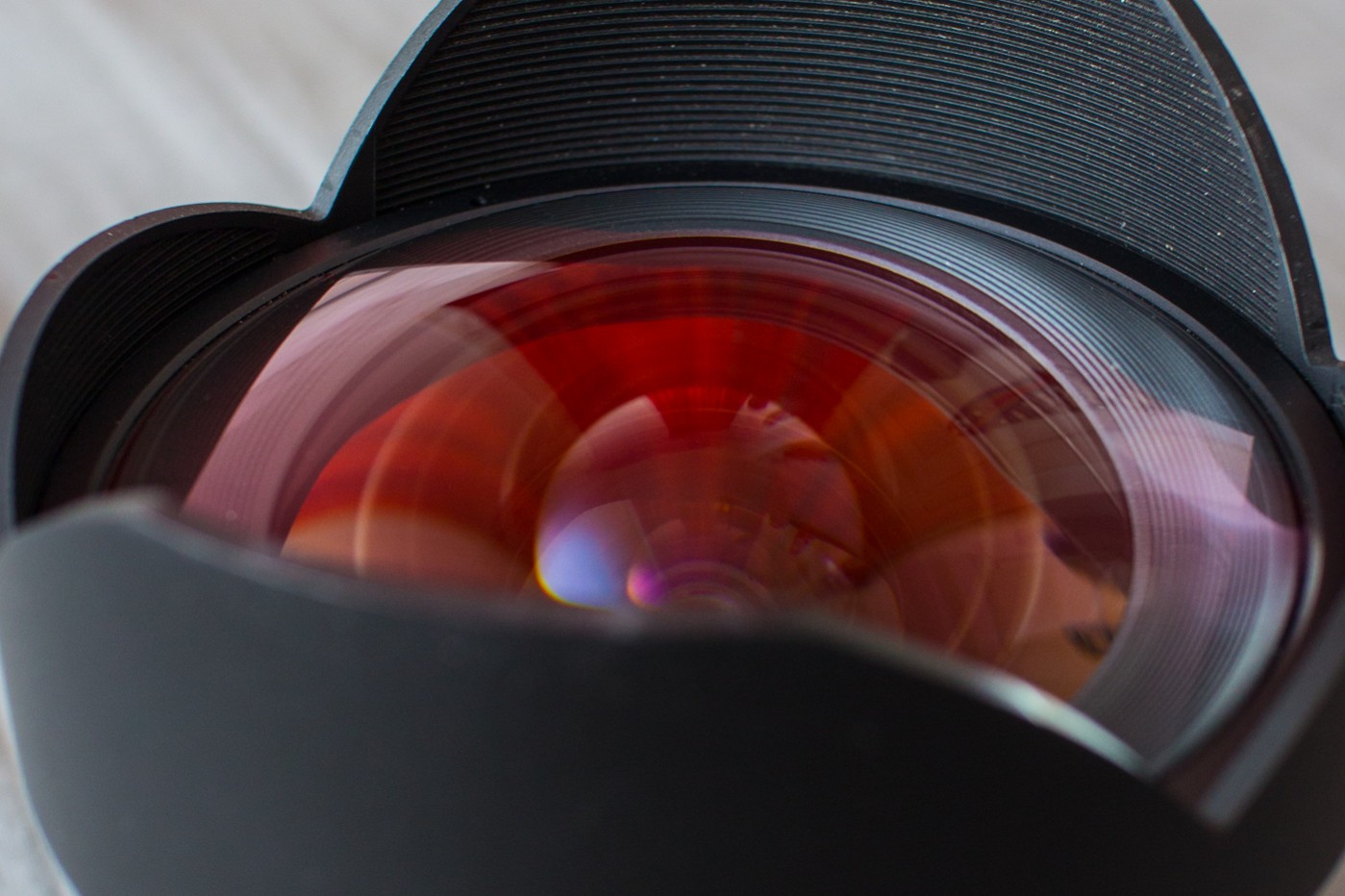
Here’s a quick review of the Rokinon 14mm f/2.8, arguably the best, most affordable lens for astrophotography.
Rokinon is the US distributor of Samyang lenses. There are a variety of brand names that the 14mm f/2.8 IF ED UMC Lens is available under including Samyang, Vivitar, Falcon, Rokinon, Walimex, Bower, Opteka, Polar and Pro-Optic. I’m reviewing the Rokinon branded lens but other than the labeling, it’s identical to the lenses from any of the other brands.

The Rokinon 14mm f/2.8 IF ED UMC Lens ( Amazon / B&H ) is available in nearly every modern camera mount including: Canon, Fujifilm X-Mount, Micro Four-Thirds, Nikon, Nikon AE, Olympus, Pentax, Sony Alpha, and Sony E-mount. With a street price of about $350, it’s arguably the best, most affordable super-wide angle lens that you can buy. But it’s still not without its quirks. In this quick review I’ll give you my thoughts of the lens and show you some of my favorite photos made with the Rokinon 14mm over the last year. Let’s start with the bad and end with the good.
The Quirks
- It’s manual focus. Not really a huge deal, but some users may be hesitant to transition from the comfort of an autofocus lens to the challenge of manual focus. Some careful use of live view magnification can ensure the sharpest results for your astrophotos.
- It’s huge. Just look at that front element. That’s a lot of glass. It weighs 1.2 lbs (552 grams) which is pretty hefty but keep in mind that it’s still lighter than the autofocus Canon 14mm f/2.8L or Nikon 14mm f/2.8D lenses which are 1.42 lbs (645 grams) and 1.47 lbs (670 grams) respectively. None of the 14mm’s available seem light, unless you’re looking at a compact mirrorless system lens like the Fujifilm XF 14mm f/2.8 R ( Amazon / B&H ), but that lens is Fuji X APS-C only while the Rokinon, Canon and Nikon lenses are all full-frame compatible.
- The lens cap. The lens cap is a non-standard cylindrical cap that fits over the lens’s built in hood. It’s a typical design found on many full frame ultra-wide angle lenses that are designed with a large front element and built in lens hood. Not unusual but you can’t just slip the cap into your jeans pocket because it’s so large. This is also indicative of the built-in petal hood and bulbous front element which prevented the lens designers from being able to support a filter thread. Unfortunately, they did not offer a rear gel filter slot either.

- The focus ring is slow. While it’s well damped and very smooth to rotate, the focus ring requires a lot of rotation to sweep the lens through its entire focus range. This makes quick manual focus adjustments rather difficult, especially since the apparent depth of field of the lens is very large, making small adjustments on close subjects a little bit of a careful process that usually requires zoomed live view. Furthermore, the distance scale on the focusing ring doesn’t seem very accurate so it’s not always advisable to just set the lens to infinity and forget it. For street photography, it’s fine to just stop down with the Sunny 16 Rule and set it to roughly infinity. The depth of field will be large enough in that case to encompass everything from a couple feet away all the way out to infinity.
- In the
rightwrong conditions, it has a crazy lens flare. This isn’t a problem in most shooting conditions, but if you put a bright light source like the sun at the edge of the image, you can make some pretty awesome rainbow flares.
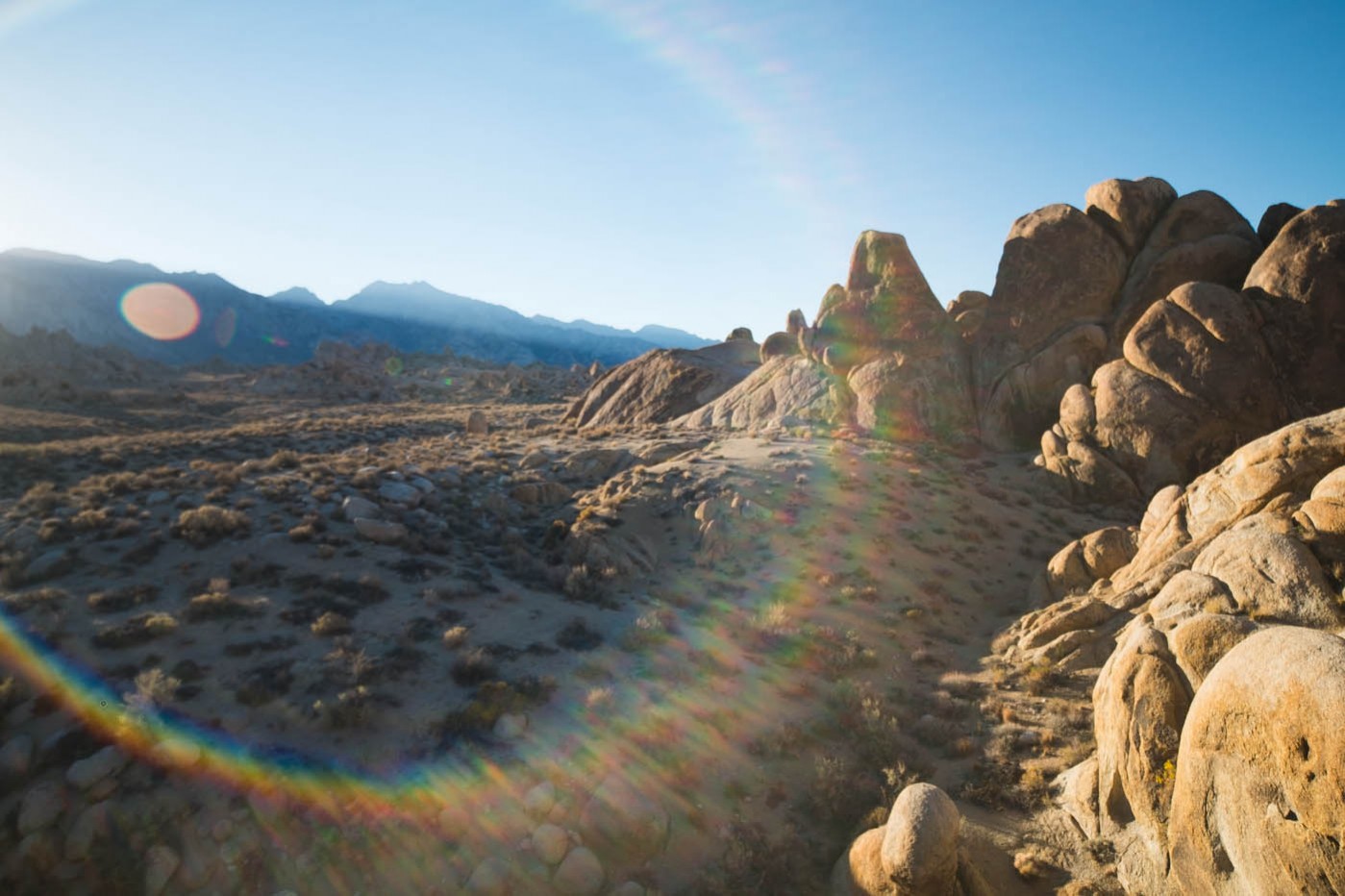
- It has noticeable moustache distortion. Images straight from the camera are anything but. While the lens is a rectilinear (non-fisheye) design, it still has some pretty noticeable wavy distortion at the edges of the frame. Fans of straight lines and brick walls might not be pleased but luckily you can correct the moustache distortion of the Rokinon 14mm f/2.8 in Adobe Photoshop Lightroom by using a lens profile via the Adobe Lens Profile Downloader. In landscape situations, it’s not a problem but architecture photographers will likely need to use distortion correction in post processing.
The Goods
- It’s well built. It features a construction of high quality plastics and a metal mount. It feels good in the hand an it seems like a lot of glass for the money. The focus ring and aperture ring are all very smooth to turn and tight enough to prevent accidental bumps. It feels like the lens could take a beating, not that I would advise it.
- It’s incredibly sharp, even wide open. I shoot astrophotos with this lens a f/2.8 all the time. It’s super sharp to the point that I rarely ever stop down, except in bright daytime conditions. It’s arguably sharper than Canon or Nikon’s equivalents.
- It has very low levels of coma (comatic aberration). This trait prevents the lens from distorting pinpoint light sources (like stars) at the edges of the frame. Since it’s such a wide angle lens, apparent motion at the edges of the frame is high so the lens will usually show a little star trailing in the corners when making astrophotos with shutter speeds of 30 seconds or more.
- It’s bright. The f/2.8 aperture, in combination with the wide field of view of the 14mm focal length make for a great combination for astrophotos. It fares well with a score of 1032 on my Nightscapes Lens Rating Guide. A score of 1000 is my criteria for excellent lenses for Milky Way photography and the 14mm is right there.
- It’s wide. I’ve already said it before, but this lens has a huge field of view. On a full frame camera like the Canon EOS 6D (my review of the 6D) , it has a viewing angle of 115.7°. There is only one focal length that’s available for a full-frame camera that’s wider than the 14mm and that’s 12mm but the fastest 12mm lens available for full-frame is the Sigma 12-24mm and it has an f/number of only f/4.5 which is a little bit too slow for most astrophotography applications. This makes any 14mm f/2.8 lens the widest full-frame rectilinear lens I would recommend for astrophotography until manufacturers can develop something faster.
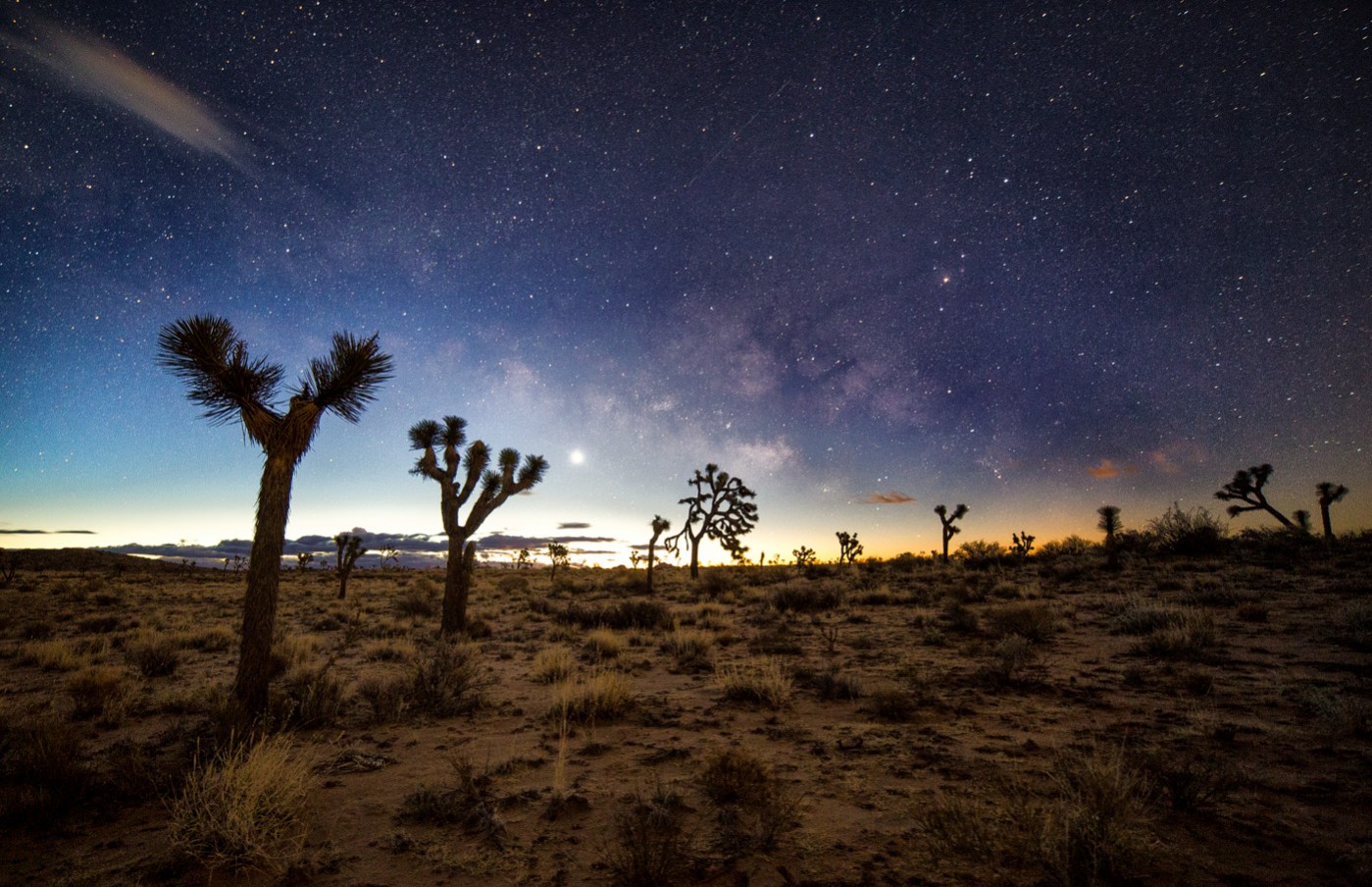
- It’s cheap. Priced at around $350, the Rokinon 14mm f/2.8 is about $1000 cheaper than the Nikon 14mm f/2.8D and $2000 cheaper than Canon’s 14mm f/2.8L. Unless you think autofocus is worth a $1000 or more extra, the Rokinon 14mm f/2.8 is the better choice.
The Photos
I’ve been using the Rokinon 14mm f/2.8 for more than a year now so I’ve had the opportunity to shoot with it a lot and I’ve never been disappointed with the photos that it takes. Here are a few example photos from the last year with the Rokinon 14mm f/2.8:
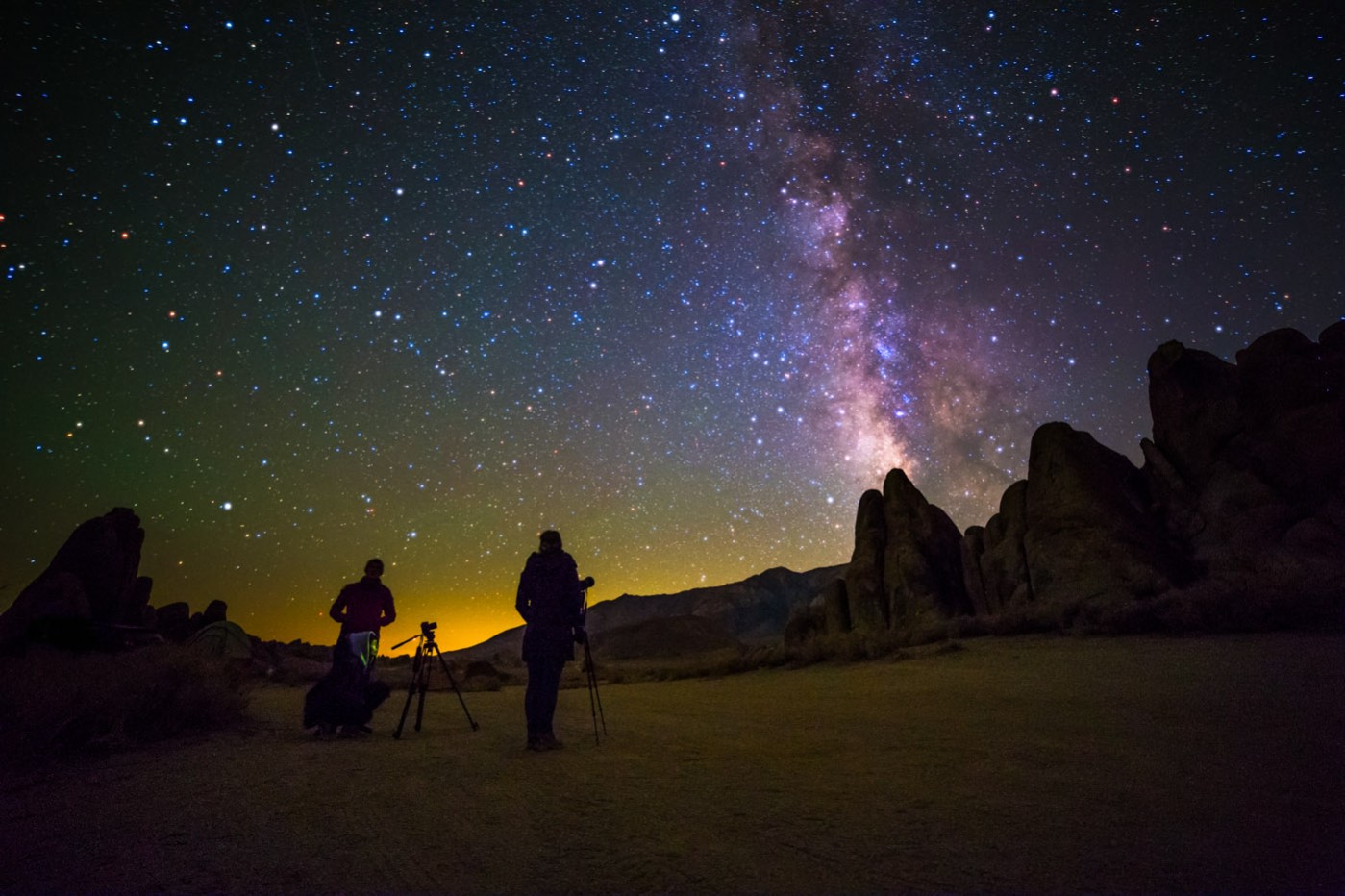
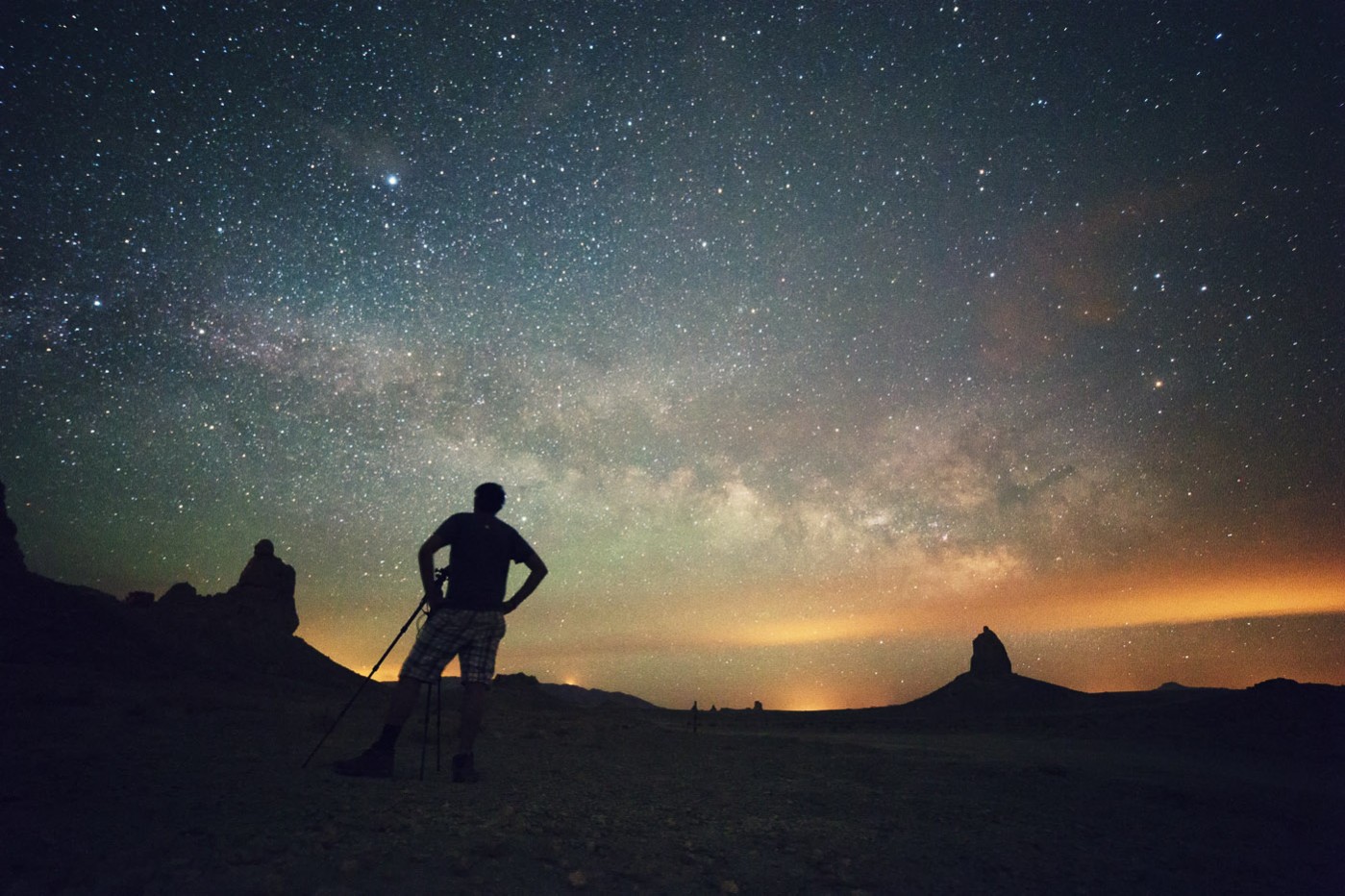
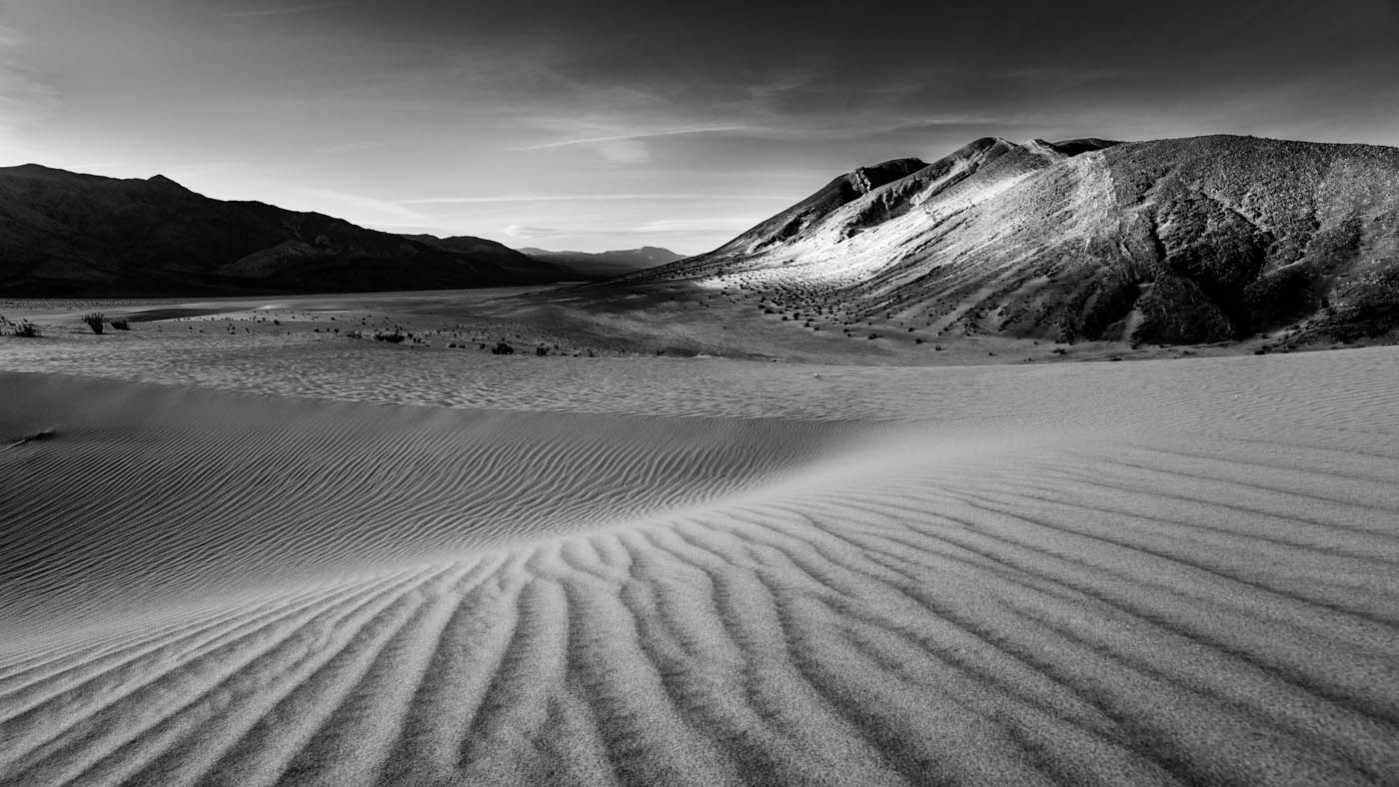
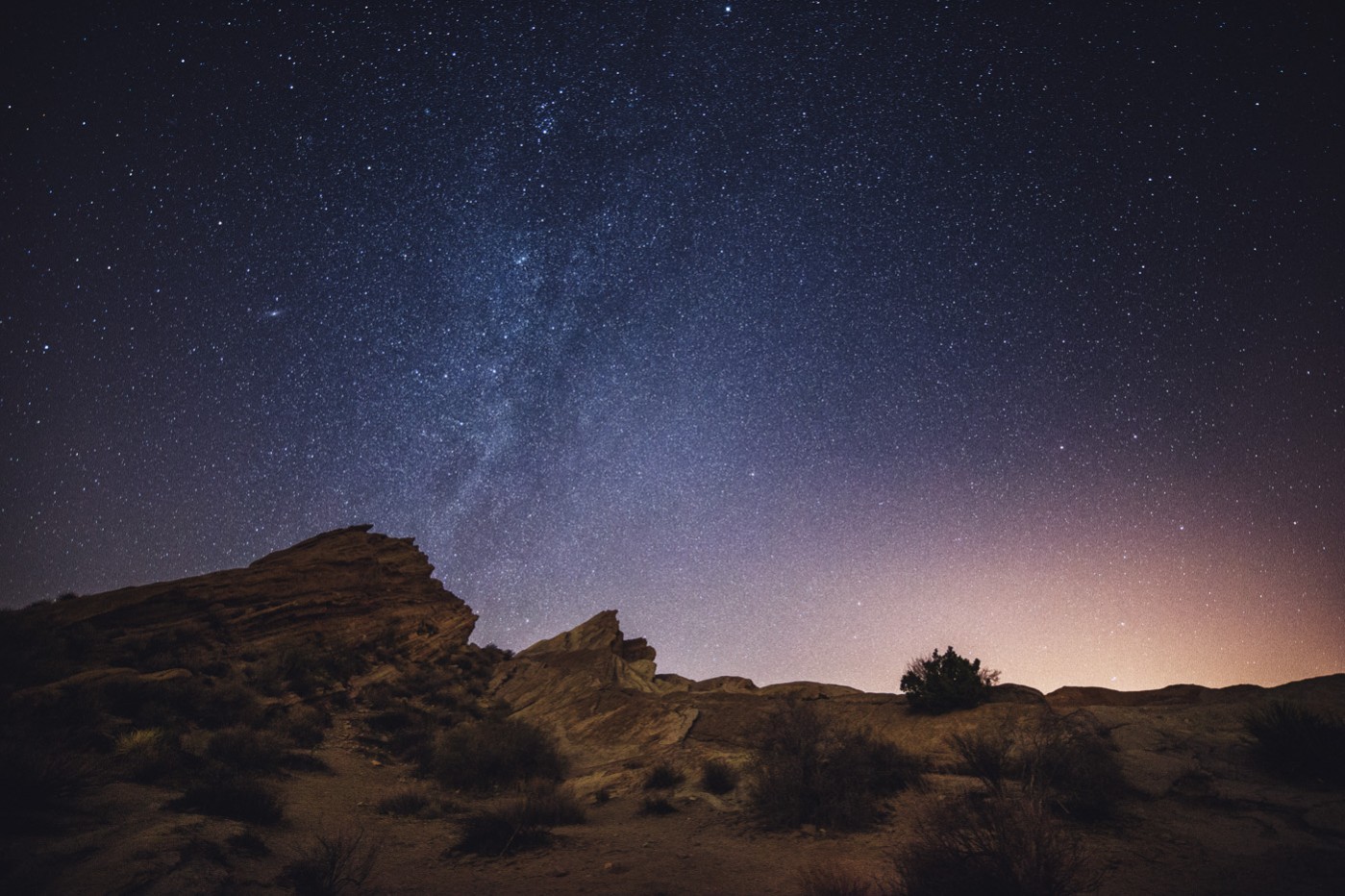
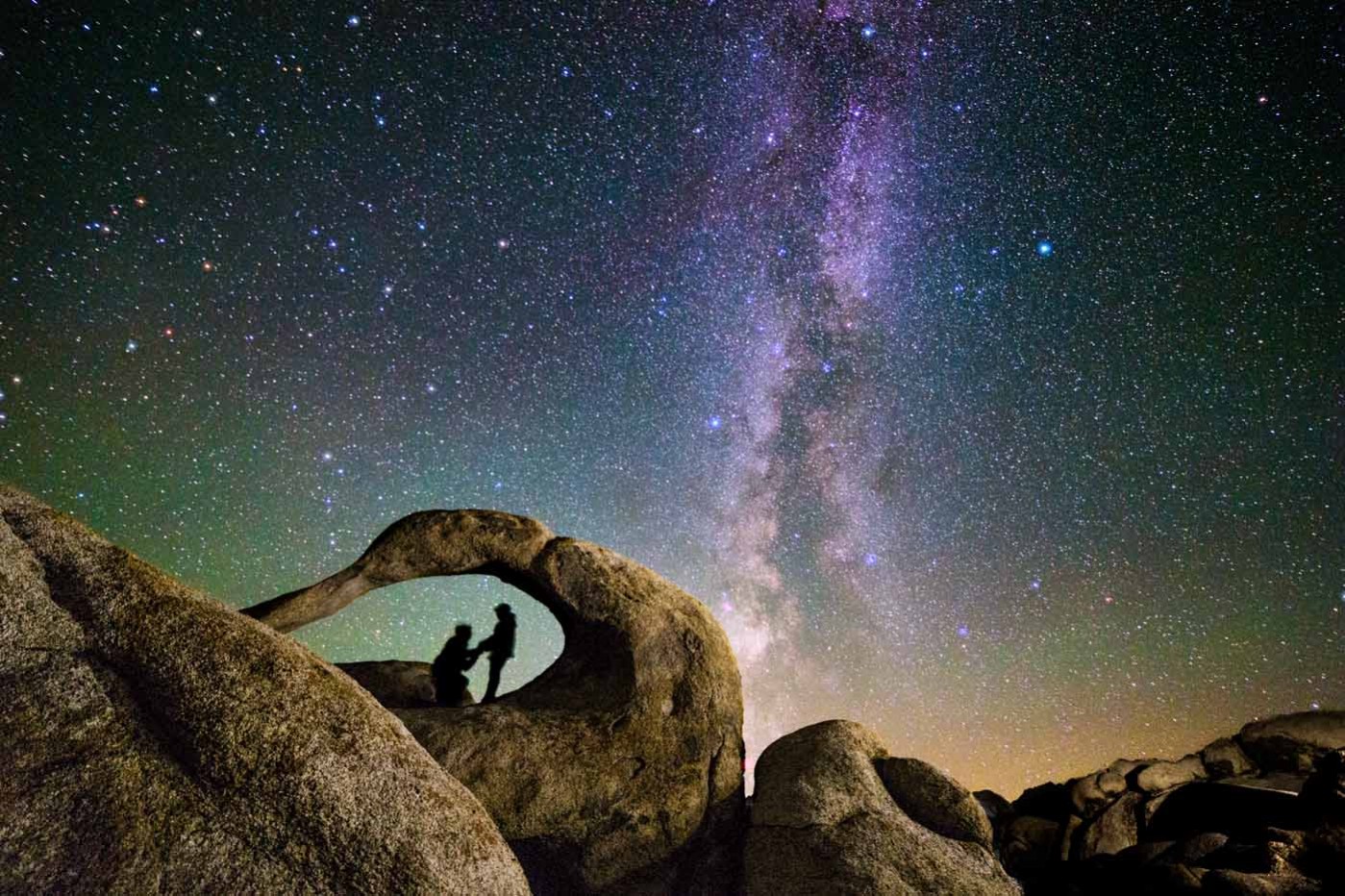
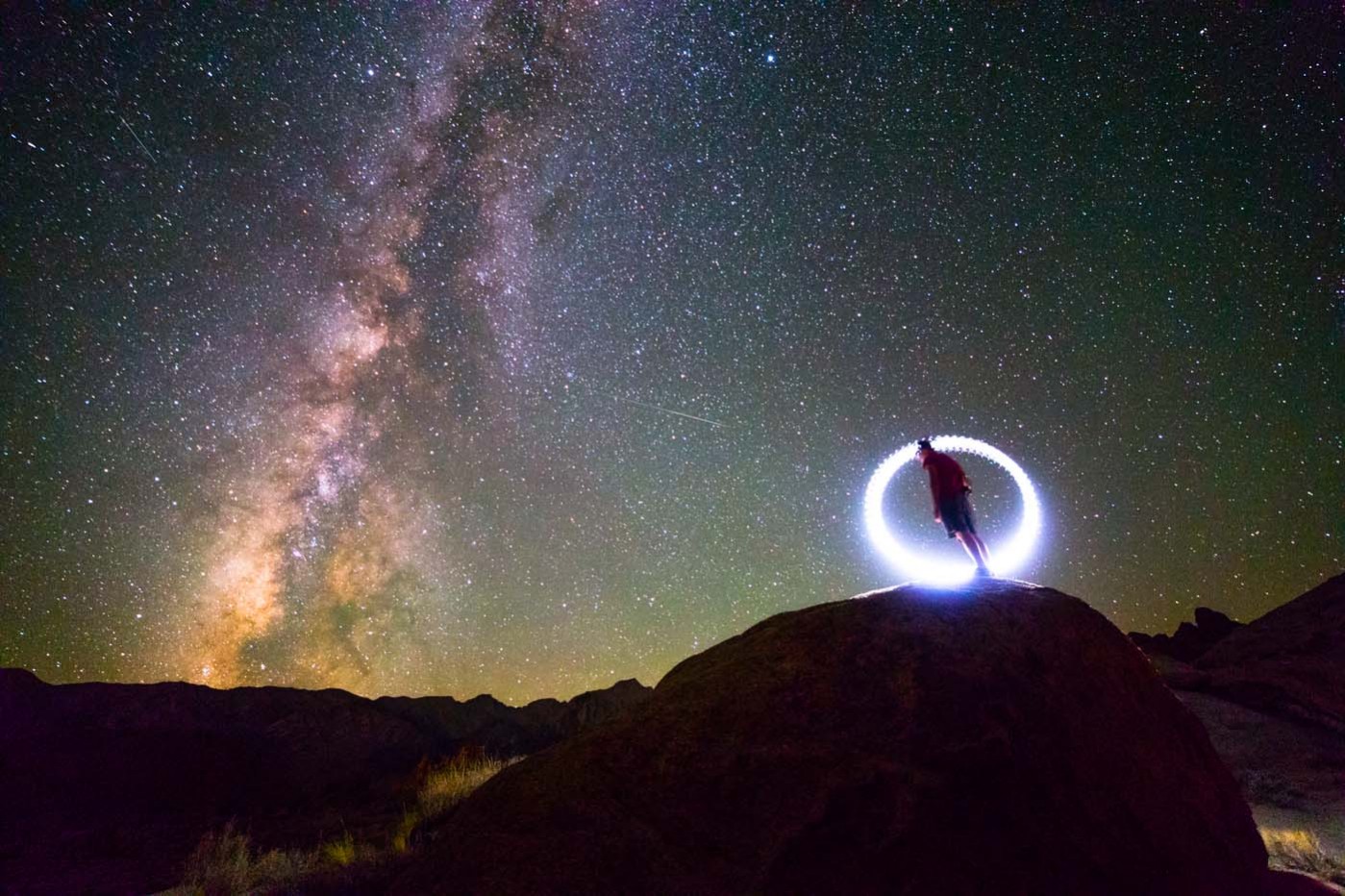
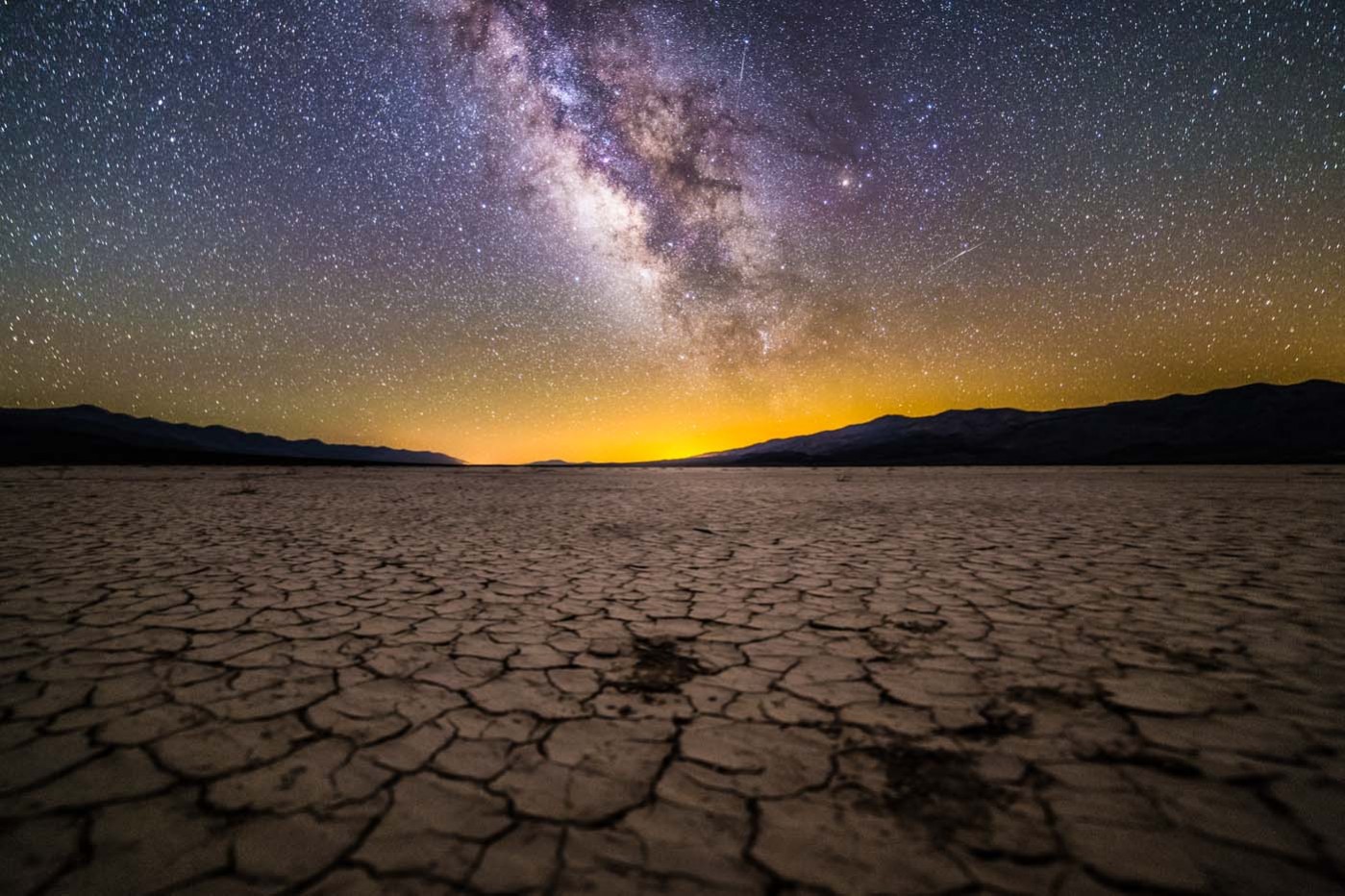
Conclusions
At such an affordable price, the Rokinon 14mm f/2.8 is a must have lens for anyone serious about astrophotography. Combined with a full frame sensor, it offers a super wide view and excellent sharpness, even wide open. It’s slow focus ring and inaccurate distance scale are minor quirks but a little bit of manual focusing practice with the lens will help most photographers adjust to its use. Given that most full-frame alternatives are at least $1000 more expensive, the Rokinon 14mm f/2.8 is one of the best super-wide astrophotography and landscape lenses available for any interchangeable lens camera system. If you’re trying to decide on what lens you should buy for landscape astrophotography or Milky Way photos, stop right there and buy this lens first.
![]()
Links:
Rokinon 14mm f/2.8 IF ED UMC ( Amazon / B&H )
Disclosure
We are a participant in the Amazon Services LLC Associates Program, an affiliate advertising program designed to provide a means for us to earn fees by linking to Amazon.com and affiliated sites. We are also a participant in the B&H Affiliate Program which also allows us to earn fees by linking to bhphotovideo.com.
Learn Astrophotography
Astrophotography 101 is completely free for everyone. All of the lessons are available on the Lonely Speck Astrophotography 101 page for you to access at any time. Enter your email and whenever we post a new lesson you’ll receive it in your inbox. We won’t spam you and your email will stay secure. Furthermore, updates will be sent out only periodically, usually less than once per week.
Help us help you!
Believe it or not, Lonely Speck is my full-time job. It’s been an amazing experience for us to see a community develop around learning astrophotography and we’re so happy to be a small part of it. I have learned that amazing things happen when you ask for help so remember that we are always here for you. If you have any questions about photography or just want to share a story, contact us! If you find the articles here helpful, consider helping us out with a donation.
[button font_size=”16″ color=”#136e9f” text_color=”#ffffff” url=”https://www.paypal.com/cgi-bin/webscr?cmd=_donations&business=lonelyspeckblog%40gmail.com&item_name=These+tips+help+keep+lonelyspeck.com+running.¤cy_code=USD&source=url” target=”_blank”]Donate[/button]
Thanks so much for being a part of our astrophotography adventure.
-Ian
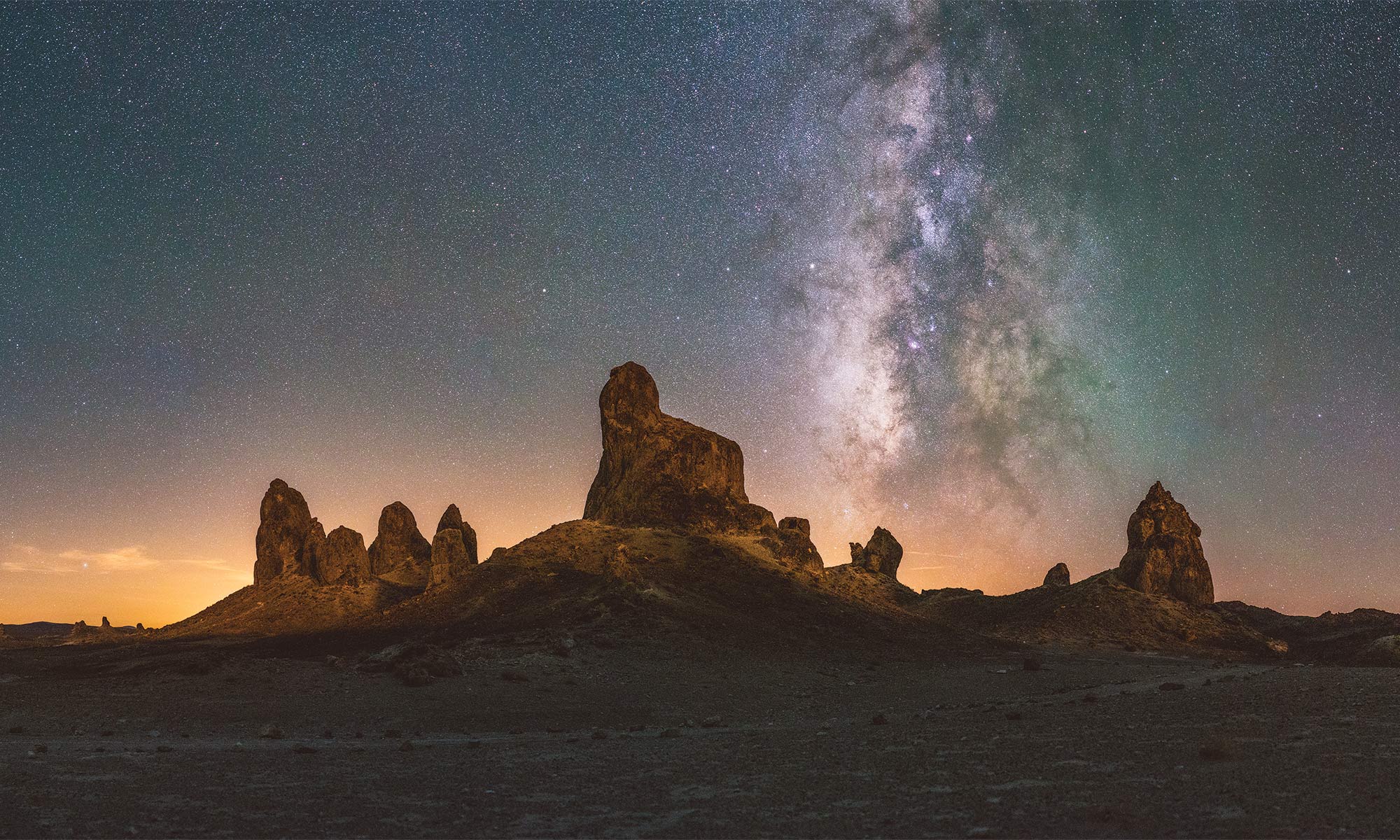
Hey guys! Love your work and enjoy comparing notes. I’ve had the pleasure to shoot astro in multiple locations around the country. I use a variety of lenses on my Nikon bodies, but I’ve never used a Nikon 14mm 2.8 for any of them. I have an opportunity to pick up one at a fairly nice price, but I haven’t been able to find any other shooter’s site or samples. It seems most use the Nikon 14-24 zoom, but logic says the prime should be better. What’s your take? Thanks, and happy shooting!!!
Hi !
I am looking for a wide angle, affordable astrophotography lens, usable during the day for landscape photography, but I never tried any MF lens.
I was said that the Samyang 14mm 2.8 AF was a good choice but not this good for astrophotography compared to the MF version.
2 questions :
– in day light, is it really a big deal to use a MF lens or not so much ?
– do you know if the Samyang 14mm 2.8 AF version is really this bad for astrophotography ?
Thanks for your help !
I am a huge fan of Lonelyspeck, you guys are great !